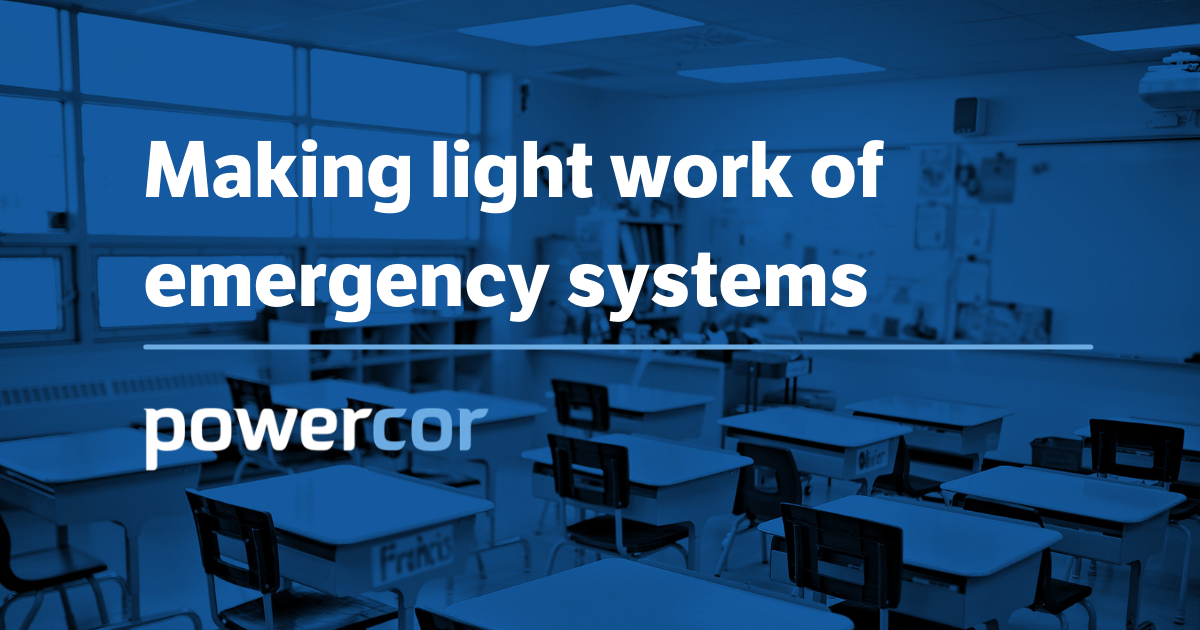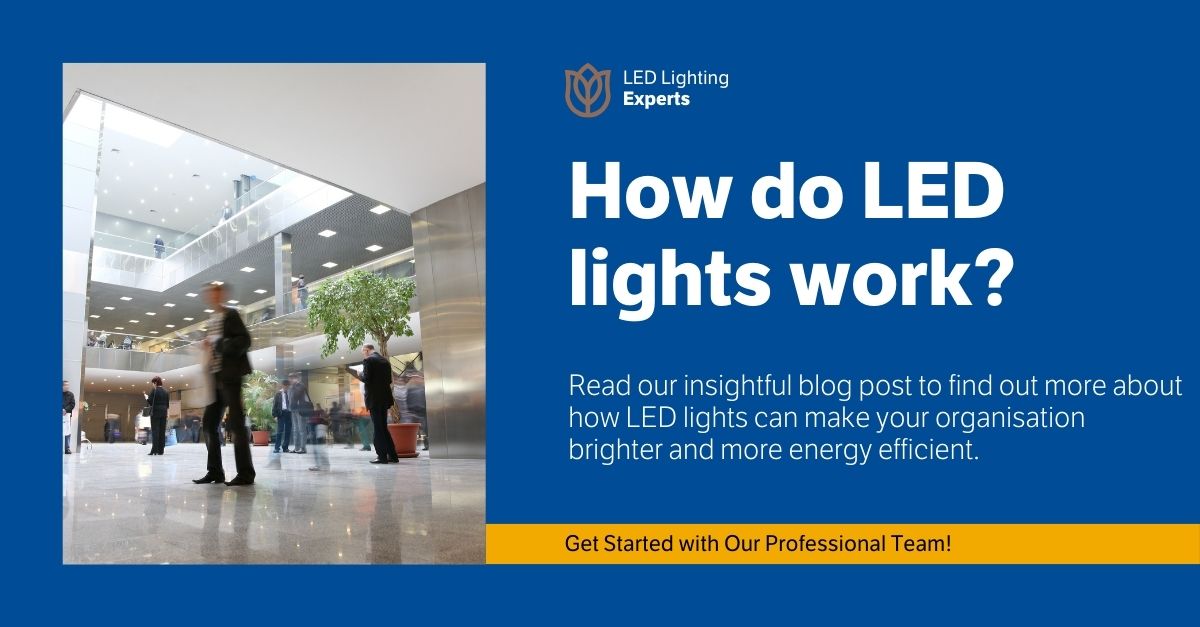It might be a legal requirement, but there remains a wide level of misunderstanding over what constitutes emergency lighting.
All commercial properties must have an approved emergency lighting system installed. The system not only needs to be correctly installed but also regularly tested. Design, installation and operation is subject to a wide range of regulations created to ensure that when the system is called into action it will provide occupants with a potentially life-saving route safely out of the building.
Fundamentally emergency lighting is there for when the main power supply undergoes a failure and the normal lighting systems become inoperable. While the causes can be numerous the result is a need for the building to be evacuated. A sudden plunge into darkness inevitably leads to confusion and panic, hence an effective emerging lighting system is vital.
The term emergency escape lighting can be split into two clear sections.
The first encompasses escape route lighting and the second is the fairly self-explanatory emergency escape lighting itself.
Escape route lighting, is defined as the lighting system that not only illuminates the escape route, but equally importantly will ensure the route remains lit to a sufficient level that it can allow people to exit the building via a clearly defined route. This will include the all too familiar emergency exit signs, and the wide range of lighting and bulkheads that are placed along the designated escape route. Escape route lighting is often further sub divided into escape route lighting, open area lighting and high-risk task area lighting.
Emergency escape lighting covers those areas of the emergency lighting system that deliver illumination for the safety of people leaving a location or attempting to terminate a potentially dangerous process beforehand. This forms an important part of the fire safety plan for a building and is a key requirement of The Regulatory Reform (Fire Safety) Order 2005.
A third area of any emerging lighting system is that of standby lighting. This part of any system is not a legal requirement, given that it may not be needed in all types of premises. It is designed to create an environment in which the activities that would usually be carried out would be able to continue should the main lighting system fail.
There are some key regulations that are applicable to emergency lighting systems.
The current British standards have been created to provide clarity around how the systems should be designed, installed, maintained and operated.
For example, there are set standards for the level of light that has to be provided by an emergency system. BS 5266 recommends the provision of horizontal illumination at floor level along the centre line of a defined escape route (permanently unobstructed) should be not less than 1 lux, and 0.5 lux for anti-panic areas, to exclude a 0.5 metre border around the route.
The width of any escape route will also define the level of light that needs to be delivered. For escape routes of up to 2 metres wide, 50% of the route width should be lit to a minimum of 1 lux. Wider escape routes are defined by a multiple of the 2 metre width. The actual degree of illumination is required to be appropriate to the nature of both the premises and its occupants, with special consideration being given to high population premises and those where there is overnight occupancy.
While there are subtle differences between systems for specific properties, all the required standards are designed and designated to be a minimum standard for the particular specification.
Choose an Emergency Lighting Specialist
At Powercor we understand that higher specifications are required in many areas of the process and this includes a best in class design and installation approach.
With our knowledge and expertise, we ensure that any installation with our name on it reaches all recommended standards.
We’ve got the solutions you need to not only improve your compliance and confidence in your system, but significantly reduce your running and maintenance costs.
We can provide you with expert advice on emergency lighting compliance, compliant designs to meet the standards, and the latest technology to suit your building facility.
For more information
Download our FREE Emergency Lighting Guide for more information or contact us for a quote on 01932 839 890 or email sales@powercor.co.uk.







